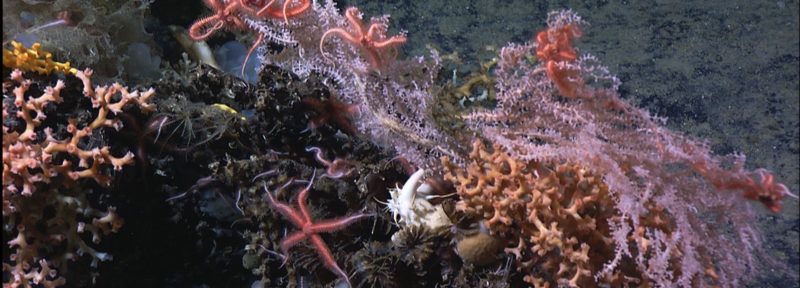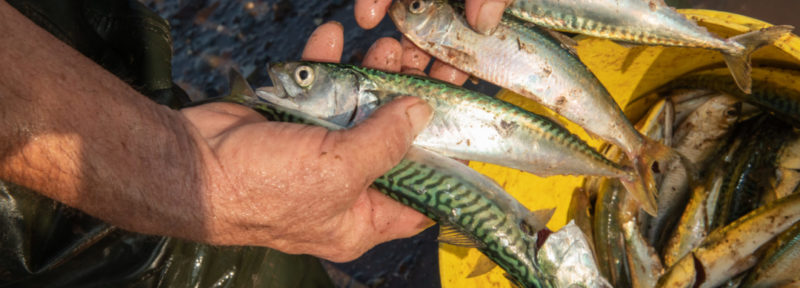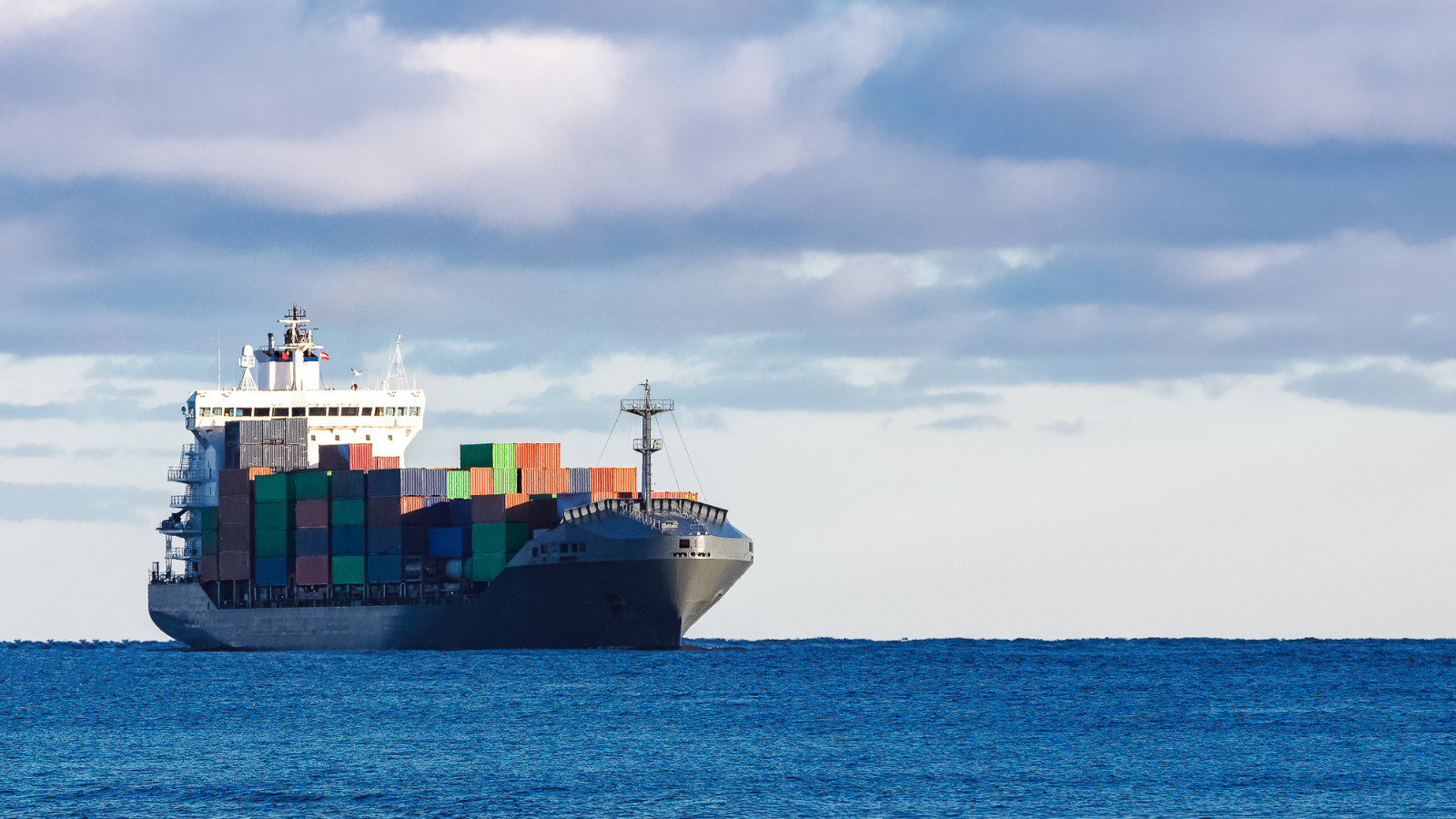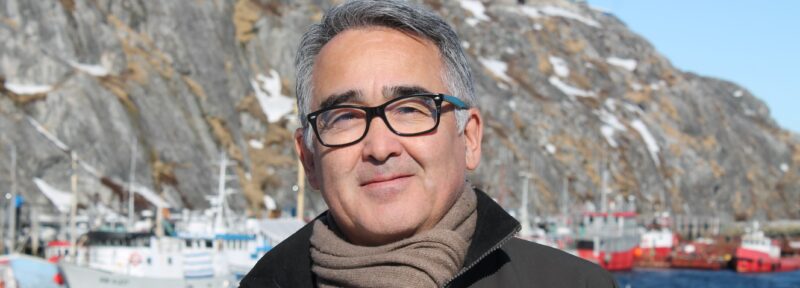Oceans North Celebrates Canada’s Signing of High Seas Treaty
NEW YORK—Canada’s Minister of Fisheries, Oceans, and the Canadian Coast Guard was at the United Nations Headquarters today to sign an important treaty that will help countries protect the high seas, the vast areas of ocean beyond national jurisdiction that make up almost half the planet’s surface.
The signing comes on the one-year anniversary of the day that, after nearly two decades of discussion and negotiations, nations agreed to the text of the new High Seas Treaty. Among other things, the treaty allows for marine protected areas in the high seas and creates a new regime for conducting environmental impact assessments. As industry and climate change put increasing pressure on the ocean, having a global system to protect and manage these waters will be crucial.
“By signing the High Seas Treaty, Canada has joined nations around the world who are stepping up to protect our shared ocean,” says Susanna Fuller, Oceans North’s Vice President of Conservation and Projects, who will be meeting with the Minister today and was present when final text was agreed last year. “Now the race is on to ratify it.”
In order to come into force, the treaty must be signed and ratified by at least 60 countries. Canada is the 88th country to sign the treaty, while Palau and Chile have been the first to ratify it. This process involves passing domestic legislation in which the country agrees to be bound by the treaty’s terms.
Oceans North, along with other members of the High Seas Alliance, is pushing to have the treaty finalized by 2025. “It won’t be easy, but we can’t afford to wait,” Fuller says. “Building on today’s momentum and our history of international environmental leadership, Canada has an important role to play in advancing the treaty and ensuring the ocean continues to sustain future generations.”
For more information, please contact:
Alex Tesar
Communications Manager
Oceans North
[email protected]




